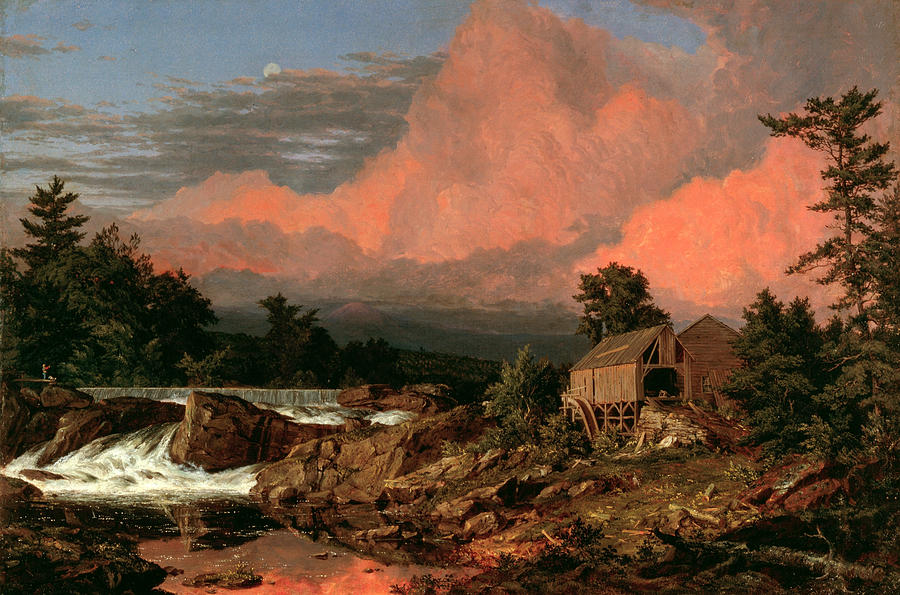
Today, Church is widely regarded as one of the foremost American landscape painters.Ī room from Church’s final home and studio, a magnificent Persian-style estate called Olana, located in the Hudson River Valley, provided inspiration for the Parlor’s gold walls at Woodmere. His expeditions also took him across Europe and the Middle east.

From his sketches there produced some of his most famous works works, including Andes of Ecuador (1855), and Cotopaxi (1862). Inspired by the writing of explorer Alexander von Humboldt, Church made two trips to South America. Cotopaxi, the quintessential nineteenth-century vision of natures sublime and terrifying power, was painted on commission for the well-known book collector. My son took it when he went to college in 1990 so I had to call him for the exact name. This is the best book on Frederic Edwin Church and his works. Reviewed in the United States on September 26, 2015. Painted after his second trip to Ecuador, Cayambe shows the volcano of the same name in the distance. His true breakthrough success arrived with the reception of his painting Niagara (1857), a massive work which gained him praise in New York and Great Britain.Ĭhurch was an avid traveler, and the marvels of nature which moved him became the subjects of his work, from both local and foreign locales. This is the best book on Frederic Edwin Church and his works. Frederic Edwin Church (American, 18261900). On completing his training, Church set up a studio in New York which was quick to gain recognition for his dramatic panoramic outdoor scenes.

The affluent son of a jeweler and banker, Church was given had the privilege to study under Thomas Cole, the founder of the Hudson River School, at his home and studio in Catskill, New York. Frederic Edwin Church was an American Romantic landscape painter, regarded as one of the utmost members of the Hudson River School. Charley Parker posts about the original cinematic presentation of Frederic Edwin Churchs painting Heart of the Andes.


 0 kommentar(er)
0 kommentar(er)
